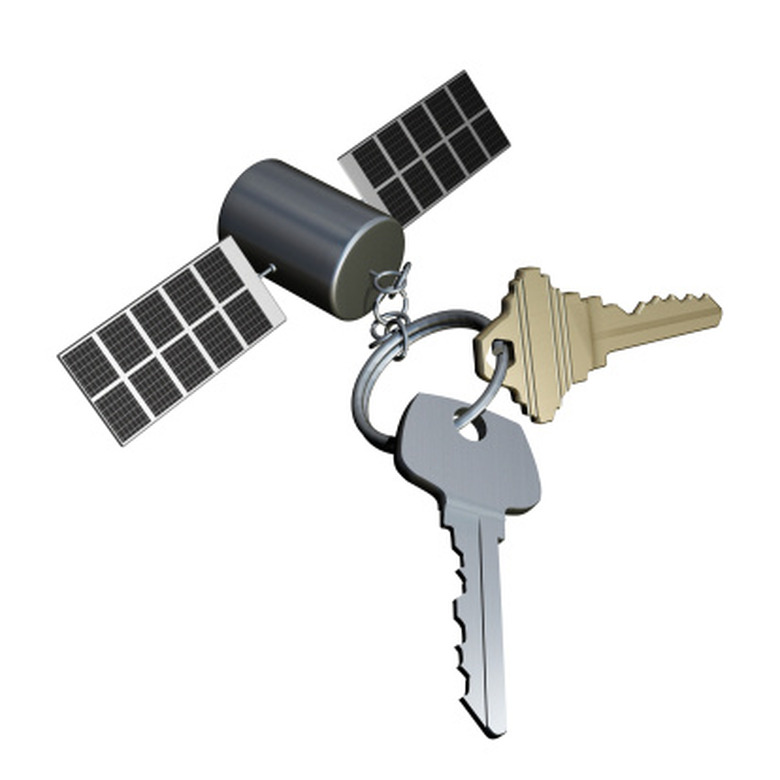The Difference Between A Solar Cell & A Photocell
Confusion reigns over photocells and solar cells, but there is an easy way to tell them apart. A solar cell produces power for an electrical circuit while a photocell is a light-activated control switch. Photocells have been used since the mid 1900s in light meters while solar cells have only become popular since 1990. The only commonality between the two is that light is needed for them to work.
Solar Cells
Solar cells are classed as semi-conductors. Silicon is mixed with another chemical to produce a positive charge. This is manufactured in a single layer to fit the size of the single cell. Another layer of silicon is mixed with a different chemical to create a negative charge that becomes the top layer of the cell. When light hits the cell, the two layers form an electrical field that allows the chemicals in the silicon to flow, producing energy.
Photocells
Photocells are resistors, no more than half an inch in diameter. They are flat with two thin solid metal wires coming out the bottom that get soldered into a circuit board. Two fine strips of chemicals much like solar cells are embedded into the top surface of the cell. As the light hits it, the two strips expand making contact with each other and allow current to pass-through just like an on/off switch.
Design
In order for solar cells to be useful, approximately 40 cells are combined together to form modules. Modules are connected together to produce greater amounts of electricity. Solar modules are large, needing at least 20 square inches to be useful. As more modules are wired together the size increases. Photo cells are soldered into circuit boards so that the top lines up with a tiny hole in the unit's casing where light can shine through.
Calibration
Solar cells are calibrated using a specific amount of chemicals to produce an exact amount of energy at peak luminescence. Producing more power requires adding more solar cells. This allows a simple way to get the electricity needed. Photocells are basically on or off. It is the resistance and design of the electrical circuit that it is built into that allows the device to be calibrated to the sensitivity required.
Uses
Solar cells can power low-voltage devices such as calculators. Most often solar cells are used to charge a series of large batteries. A power converter is hooked up to the batteries so that appliances can be plugged in and used. Photocells are used in light meters, cameras and camcorders. City street lights use photocells to turn them on at night. They can also be used as a safety sensor in factories. When an object blocks the light, power is cut.
